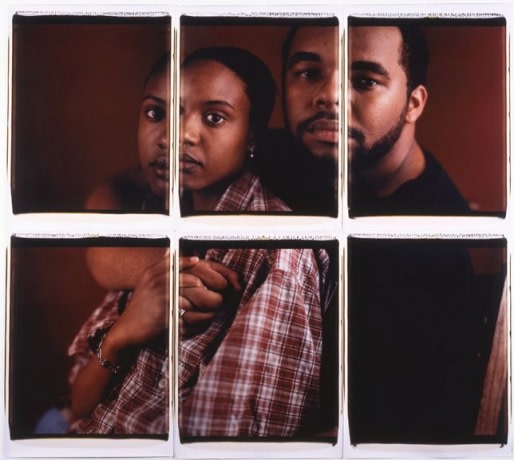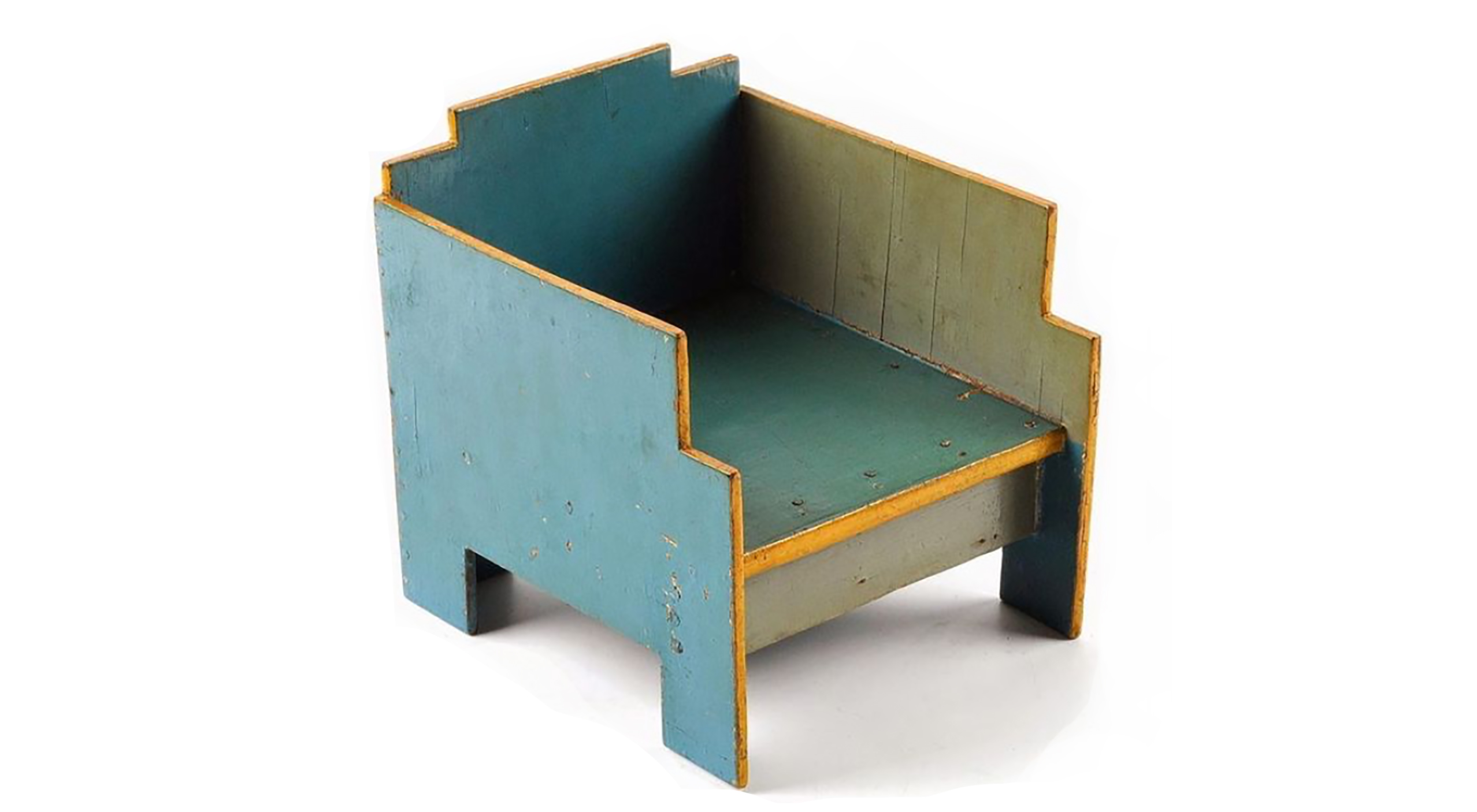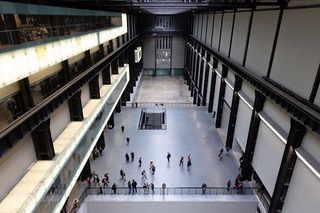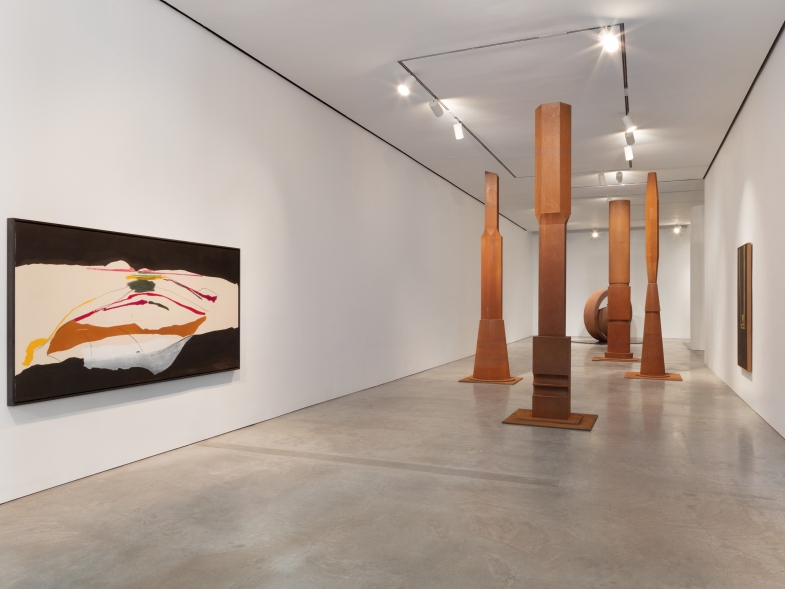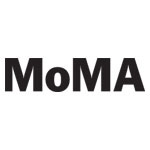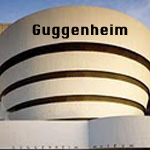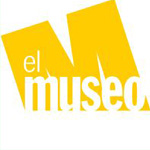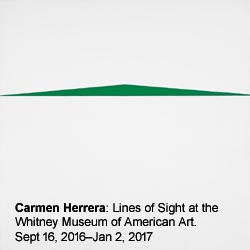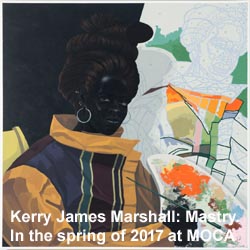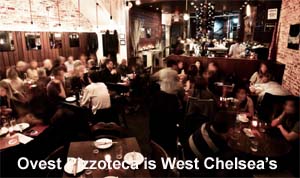Computer Art: A Contradiction in Terms?
By Paula Barclay – University of Exeter – UK.

Can art be created using a computer? How is computer art seen in relation to more traditional art?
Although not questions I sought to answer in this assignment, I was constantly confronted with arguments for and against this new media.
The aim was to introduce two relatively unknown artists chosen from a multitude of Internet-based computer artists. Comparisons will be made whilst indicating an awareness of the criticism surrounding computer art and a perspective will be offered.
To answer any question of validity within art, valid art has to defined and in my view, this is very personal to the individual opinion and preconception, that is, our previous experience of art.
For the purpose of discussion it will be assumed that ‘traditional art’ refers to skilled painting, sculpture and printmaking and not to conceptual art using modern media or ready-made objects and any or none of the aforementioned media.
The area of digital art is an increasingly broad one. From the early days of programmers creating algorithms to represent geometric ideas, to effects such as morphing, superimposition and distortion to the shiny 3D virtual reality we see today there has been continuous exploration into the possibilities of the computer in allowing artists to express themselves in new and potentially exciting ways. Enthusiasts of Mail art and so-called communication arts (1) were attracted to the possibilities of computer networks for the dissemination of ideas and information.
My attention was attracted to digital painting and photography. Digital painting is practiced using ‘drawing’ programs which allow mark making with virtual tools to create work as diverse as painting and drawing but which have the shifting aesthetic of throwaway posters, thumbnail images on the internet or timeless works of ‘art’. US artist Dorothy Simpson Krause uses the word TRADIGITAL to describe works that bridge traditional and digital worlds. A synthesis between new digital technological tools and traditional such as photography, etching, drawing or printing out onto pre textured canvas or other substrates, which are then painted, collaged or otherwise worked to enhance their expressiveness – [to her] repudiate the flatness of the digital output.(2)
This ‘tagging’ of ones work is seen with distaste by many purists who will not accept that a computer can be anything more than a processor of information or that it can allow an artist to work freely. An important distinction to make is that no one is saying that traditional art will or should die out. Merely, as with the introduction of film and video, new possibilities are being explored in much the same way as artists always have.
For the first exploration into digital art I introduce Anna Ullrich, an American artist whose work appears in web galleries around the world.
She describes her influences in her own words: "If my style has influences it comes from the daily visual osmosis that occurs by contact with advertising, television, newspapers, magazines, films, comics and any form of photography. I am attracted to visual forms that occur outside of artistic production, such as for advertising, journalism, illustration: anything that makes no claims to individual self-expression. I am interested in the function the images are serving and the form they then acquire to meet that function".(3)
Her work contains strong emotion and feminist or sexual narrative. Her choice of media has to do with her personal life experiences and work. She uses Ilfochrome printing (3.5) to produce her work for sale. Anna is an artist with vast experience of new media who has worked in web design for Adobe, taught Computer Graphics at university level, spoken as guest speaker in a number of universities in the US and participated in exhibitions for photography and digital art since 1993 in the UK and America.
Anna Ullrich uses the collage function [of computer art] to combine disparate imagery as a means of cultural critique, continuing in the path of the masters of collage in the early decades of the [twentieth] century – Hannah Hoch, Kurt Schwitters, Claude Cahun, and John Heartfield. She builds rich and complex fictions, worthy of Hieronymus Bosch, reversing conventional views of male and female power in society.(4) Ullrich is not recognized by many traditional art institutions and no mention of her is made (so far) in any art books, although there are examples of her work in magazines such as Digital Creativity. She has been heavily involved in web design and is known within art and design institutions in America. There are many links to her work in net galleries. Much of Anna’s work uses photography to enhance the narrative. It isn’t clear if this photography is drawn from the media or from her own life, nonetheless they are compelling as they obviously possess complex tales.
The second artist is Siegfried Schreck, whose work is very beautiful.
He was born in Bottrop in Germany and works as a technical foreman. In 1980 he began to write poems and has published four books, he writes lyrics for several musicians. He, like many contemporary artists, has chosen the Internet as the environment for his artwork and poetry. His artwork is described as digital painting. It is freehand painting using the software’s tools. It is very emotive and dreamlike, very unlike Ullrich’s whose work clearly has a narrative and includes figurative imagery.
He uses Adobe Photoshop, Picture Publisher and other graphics programs to make work.
Due to his relative exclusivity, to find comment of his work is difficult, although he is known, according to many galleries where his work is displayed, for his ‘superbly painted and meticulously executed work’. Through email contact, he writes that the influences for his paintings come mainly from poetry; he is self-taught with no formal training in art. His aims are to translate poetry into imagery, which is why his work has been described as digital poetry. With no real role models he believes he is still developing his own style and currently uses some techniques that he hasn’t seen used before in computer art.
Citing famous critics, dealers or philosophers is not yet possible, except about the medium in general. Siegfried Schreck has exhibited artworks in many web galleries largely in the United States. Having won such awards as ‘Master of 2000’ in the BTDesign Annual Art Award, his work was described thus: "His geometrical and abstract paintings are dominated by a sense of serenity and his Hamburg landscapes with the ships, the gardens and the architectural fore-shortenings perfectly depict the heart of the Hanseatic (4.5) city. " (5)
I would cite the Expressionistic styles of Kandinsky and Klee as influences in terms of colors and movement, although he claims to be working entirely from within.
Anna Ullrich and Siegfried Schreck are both artists chosen from an enormous number who display work on the internet. It is difficult to distinguish a ‘known’ artist from someone who has built a web site and is trying to receive recognition, and this is the attractive factor about this media. Everyone who has access to a computer is equal in terms of worldwide coverage. This perhaps puts the talent-less at an advantage but only for as long as people wish to see the work, the same applies to any self-promoting artist.
This is the first time, however, that we can see the work before discovering who made it and whether they have been critically acclaimed or not.
A particular fascination comes from the fact that it is impossible to retain ownership of ones work once it is on the Internet; anyone can download it and own it. Those that try to exercise copyright over work will discover that it is fruitless. Once the image appears on a screen, it is in that computer, even if the quality may not be as good as the ‘original’.
In principle it could be said that the ambitions of the Fluxus, Mail art or Dada (to eliminate a monetary value from art) movements all tie in here.
Internet art is close to actually achieving the ideal of the art being about the process of making and not about a finished product, which is in turn sold as a commodity.
It seems unlikely, thought, that many digital artists will gladly forego the proprietorship of their work, in this century as in the seventies’ ideal.
As Dena Elisabeth Eber says: ‘Digital imaging depends on image acquisition. Whether the acquisition is used for texture on a model, for a pattern in an image or for the overall content or design of a picture, artists construct digital images from other digital images or code.’ (6)
The practice of acquisition in this day and age is not revolutionary, sculptors and installation artists frequently use ready-made objects and ideas, but these are still seen as inferior by the traditional art world.
‘The artist’s ability to effortlessly reposition and combine images, filters and colors with the friction-less and gravity-free memory space of the computer, endows them an image-making freedom never before imagined.’ " (7) One of the main differences between computer art and traditional art is the possibility of deleting a line or of replacing and distorting photographs. But how different is this from the eraser for a pencil or of cut-and-paste collage? It is slower and less clean but the act of doing so is a form of editing and isn’t the computer as a tool is an extension of that? "Where the artist might apply paint to canvas or clay to armature, computer craftspeople simply pour information into the computer’s memory bank, making their medium the computer’s memory."
"The computer artist is essentially selecting, positioning, fusing and shaping the basic forms to create a specific image."(8) This freedom is one of the fundamental issues critics have with computer art – it seems too easy to create work that looks like it has taken hours to create (by paint or airbrush) and the amount of talent and skill needed for it can be minimal. It could be noted that there is a ‘wow-factor’ (as it is being called). Something that when seen for the first time elicits a ‘wow’, then the interest in the work quickly fades. "Unfortunately digital art is flooded with such imagery, but fortunately a dedicated artist can overcome this factor on her or his own. A novice computer artist gets ill from too much eye candy."(9)
While sifting through the hundreds of articles and essays posted onto the web about the field of digital art, this is common: "So much of the work on the Web is so bad," writes artist Charles Csuri, who painted on canvas before switching to digital art. "It shows a lack of training and education in art. Most of the people [displaying digital works on the Web] are satisfied with special effects. There’s no content or meaning or feeling about mythology or culture." (10)
This is exactly the kind of elitist, High Art snobbery that plagues all areas of Fine Art. Classically trained, respected, painters and sculptors always rubbish new art which doesn’t revolve around the traditionalist notions. The scandal is that this alienates huge swathes of the population who already feel that there is an unfathomable mystery to the art world – because of its very character. As Patricia Johnson, author of A Global Canvas: The Museum Book of Digital Fine Art puts it: "The establishment fine art community has always been suspicious of anything that’s different. It threatens their expertise."
In conceptual art, as with most traditional art, the subject matter has been foremost in the effect of a work. It is the emotion or the reaction that a work evokes in the viewer that appeals to art appreciators and it is the colors, shapes and materials that appeals on a different level. If one is close-minded about an image because of its texture one will never see its message. Whereas up and coming artists traditionally have to raise money to get noticed and more importantly meet the ‘right people’, computer artists rely entirely on the will of the viewer; if they like it (and want to support the artist) they will buy it. A medium which enables established artists to expand and explore new expression and one which at the same time allows novice amateurs to articulate their perceptions democratizes art. This is the key to equality and although it is unlikely to change attitudes about ownership and value, it is, for the most part, a step in the right direction.








